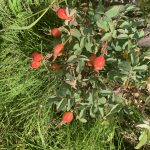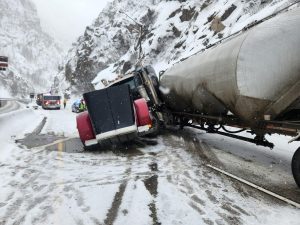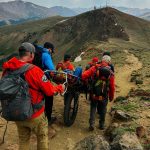Get Wild: Volunteers are essential to trail restoration
Get Wild
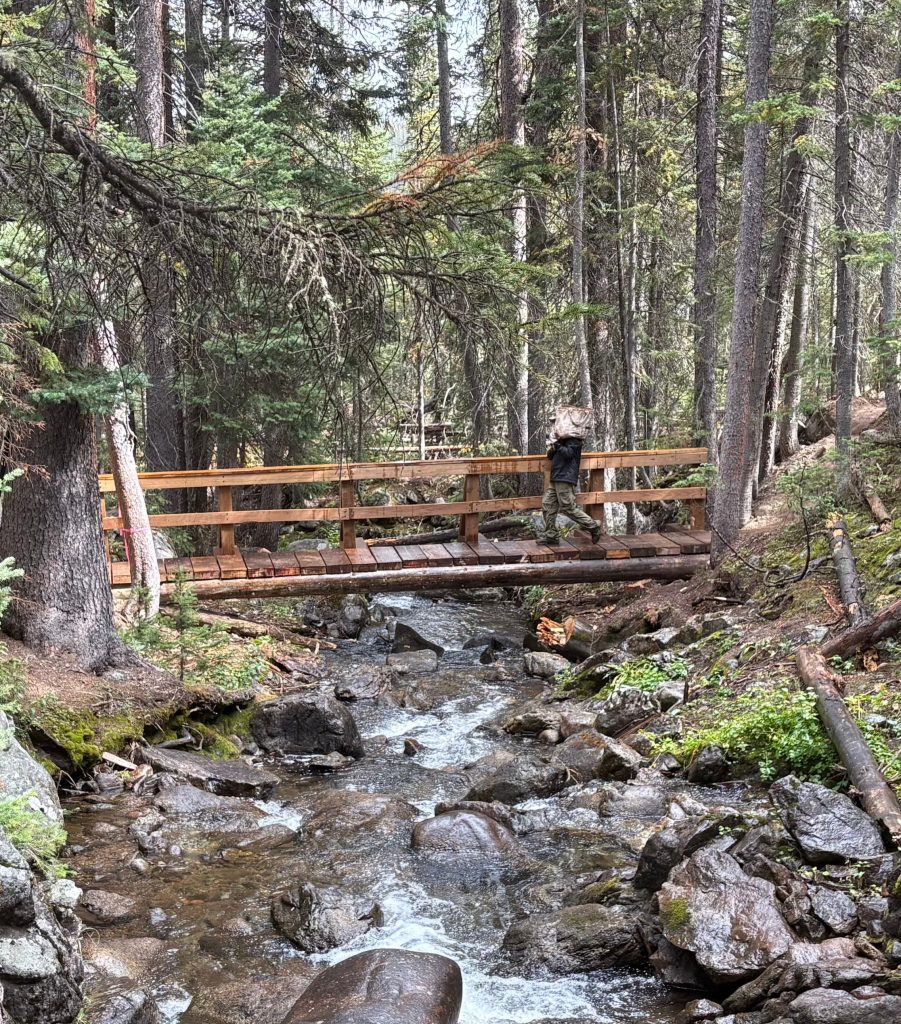
Audrey Wright/Courtesy photo
I have a traumatic memory of losing a member of our small group on a hike back from Willow Falls in spring 2004. We had all enjoyed a nice picnic and some exploring. They were in a hurry to get home and struck out ahead, but then weren’t at the trailhead or their place when we arrived. We searched and searched back and forth on the trail, finally calling for search and rescue, only to find out four exhausting hours later that they had missed a turn and ended up bushwhacking into the Royal Buffalo neighborhood before catching a bus home. While modern cell coverage and mapping would have solved our crisis before it started, the core problem of a hiker losing their way when a social trail becomes confused with a through-trail remains.
The Buffalo-South Willow Connector is the closest public access to the popular Willow Falls destination, and the only access to the Eagles Nest Wilderness with a bus stop. The trail is confusing, encroaches on wildlife habitat and creates a heavy maintenance burden on the U.S. Forest Service. The old water diversion ditch it traverses for a quarter-mile and then abruptly departs looks more like a trail than the excessively steep, rocky scrambles on either end that would lead one to their destination. Many of the water-crossing structures in the wetlands below have failed, causing visitors to create a web of spur trails as they look for a way through. The trail’s confusing nature is responsible for more search and rescue calls than any other trail in the district.
So, in 2022, when the Dillon Ranger District expressed an interest in exploring an alternate route, I was more than a little excited to get Wildlands Restoration Volunteers’ trail community involved. After three rounds of design trips, we had a new line. After two summers of volunteer and Youth Corps clearing and construction, the trail is almost ready for the public. The new trail descends with consistent grades on well-drained side-slopes until it emerges at the diversion ditch right at the base of “Little Elvis” Couloir, providing backcountry skiers with a reliable exit route. From there, It follows the ditch until it ends one-fifth of a mile to the north and then contours above, bypassing the boggy wetlands and dilapidated stream crossings, before crossing South Willow Creek over a new bridge. It joins the Gore Range trail just three-quarters of a mile down-trail from Willow Falls.
Wildlands Restoration Volunteers is known for its ecological restoration work all over Colorado. Our volunteer community has been improving wildlife habitat for over 25 years. They are restoring wet meadow habitat for the threatened Sage Grouse with natural erosion control structures, creating fire breaks used in halting catastrophic wildfires with our S-212 certified volunteer sawyer corps and more recently restoring streams with beaver dam-mimicking installations to encourage the return of the furry ecosystem engineers that inevitably will do a far better job of it.
Our community has also been steadily building its expertise in sustainable trail design and construction. We have embraced “rolling contour” design principles, added skillsets like dry-stone masonry so our rock walls can one day be considered cultural artifacts, technical rigging to reduce the hazard and resource damage from moving heavy rocks and logs and crosscut saw certifications to clear wilderness trails and fell the trees whose sturdy trunks will safely carry visitors across the creeks; all in the effort to increase sustainability and reduce confusion on Colorado’s sometimes over loved trails.
You can get involved by visiting WRV.org
Get Wild” publishes weekly in the Summit Daily News. Nate Boschmann is the trails program director for Wildlands Restoration Volunteers.
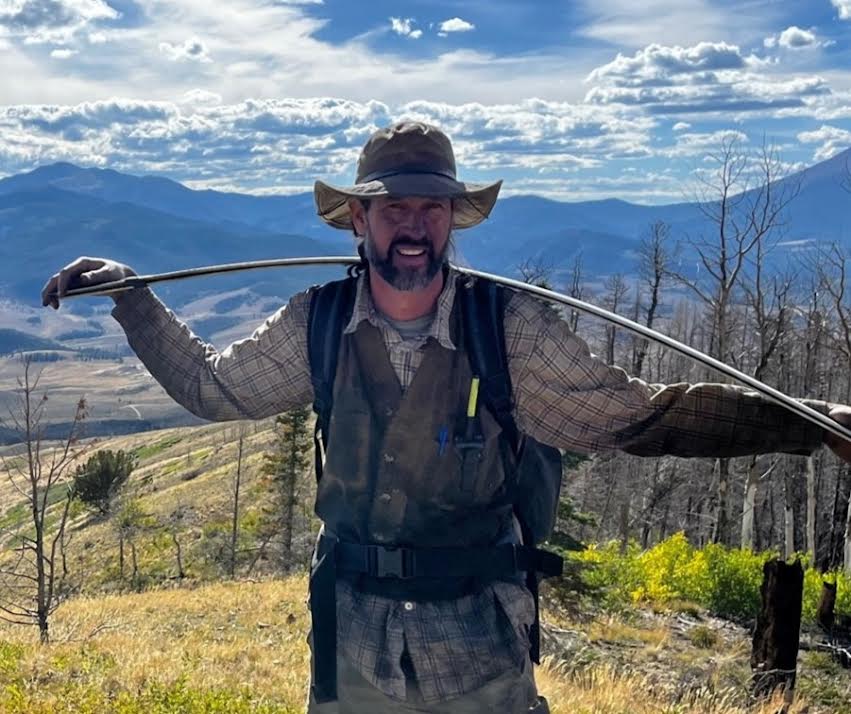

Support Local Journalism

Support Local Journalism
As a Summit Daily News reader, you make our work possible.
Summit Daily is embarking on a multiyear project to digitize its archives going back to 1989 and make them available to the public in partnership with the Colorado Historic Newspapers Collection. The full project is expected to cost about $165,000. All donations made in 2023 will go directly toward this project.
Every contribution, no matter the size, will make a difference.


